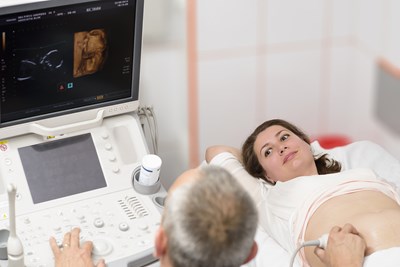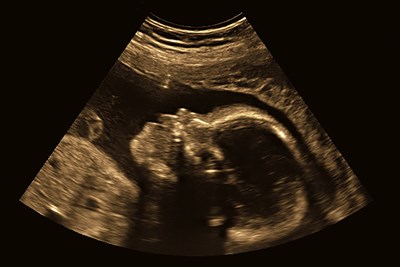Ultrasounds are painless procedures that take no more than 30 minutes to an hour. However, you may feel mild discomfort if the ultrasound is taking place in certain areas of your body, especially if you are required to have a full bladder during the procedure. You may need to remove your jewelry and some or all of your clothing. Most ultrasounds are done using a sonar device outside of the body, but some ultrasounds require placing a device inside of your body. Ultrasounds are used for a variety of reasons, from assessing the fetus inside a pregnant woman to evaluating a breast lump to diagnosing cancer. Here are some of the most important terms to know about ultrasounds.
- Diagnostic ultrasound: Diagnostic ultrasounds are an imaging method that uses high frequency sound waves to produce images of structures within your body. Diagnostic ultrasounds are used for providing valuable information for diagnosing and treating a wide variety of diseases and conditions.
- Pregnancy ultrasound: A fetal ultrasound is used to produce images of a baby that is still inside its mother’s uterus. This type of ultrasound helps to evaluate the baby’s growth and development, as well as to assess possible problems and confirm a diagnosis.
- Therapeutic ultrasound: Therapeutic ultrasounds are one of the most common treatments used for the management of arthritis. It helps to relieve stiffness and joint pain by using local heat and massaging soft tissue lesions.
- 3D ultrasound: This is a medical ultrasound technique that is often used during pregnancy to provide a three-dimensional image of the fetus using 2D scanning.
- Sonographer: This is a trained technician that is usually the person to perform ultrasounds. They place the transducer against your skin over the area that is being examined and move it as necessary to capture the image.
- Transducer: This is the instrument that is used during an ultrasound. It is a small, hand-held device that is the size of a bar of soap.
- Sound waves: Sound waves are used during an ultrasound to create images. The transducer sends sound waves into your body and then collects the ones that bounce back before sending them to the computer, which uses the information to create the images.
- Transesophageal echocardiogram: Most ultrasounds are performed outside of your body. However, sometimes ultrasounds are done inside the body. In these cases, a transducer is attached to a probe that is inserted into a natural opening in your body. One example is a transesosophageal echocardiogram, which is inserted into your esophagus after being sedated to obtain images of your heart.
- Transrectal ultrasound: This is a type of ultrasound that involves inserting a transducer into a man’s rectum to get an image of his prostate.
- Transvaginal ultrasound: Transvaginal is a term that means across or through the vagina. A transvaginal ultrasound is a test that is used to look at a woman’s reproductive organs, including her ovaries, uterus, and cervix.



